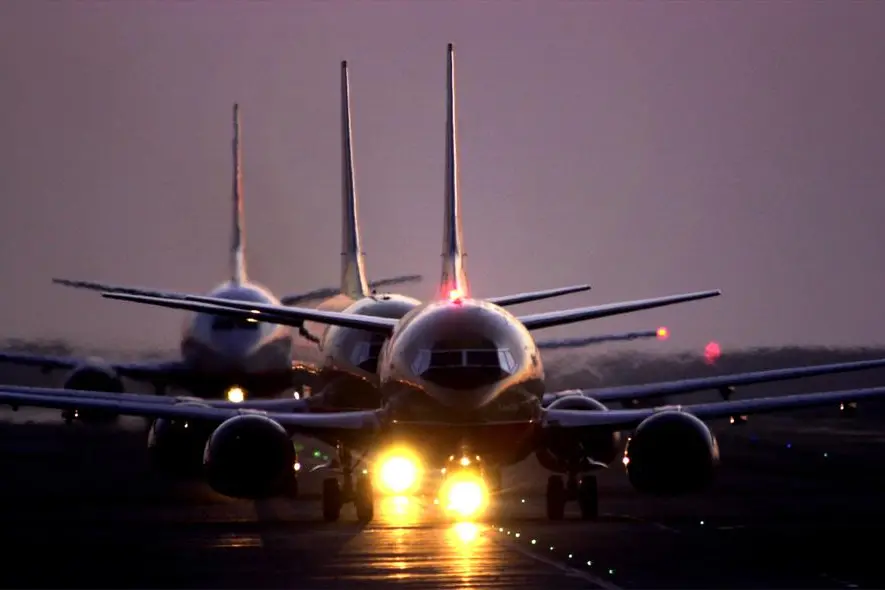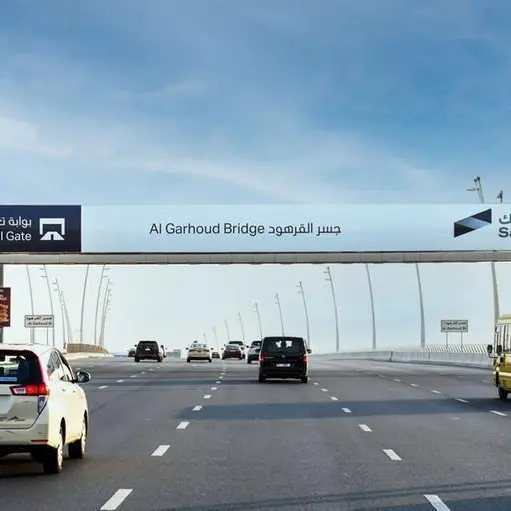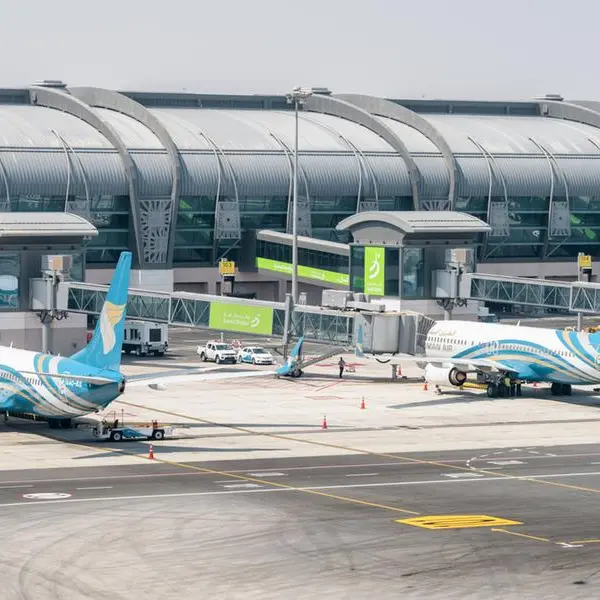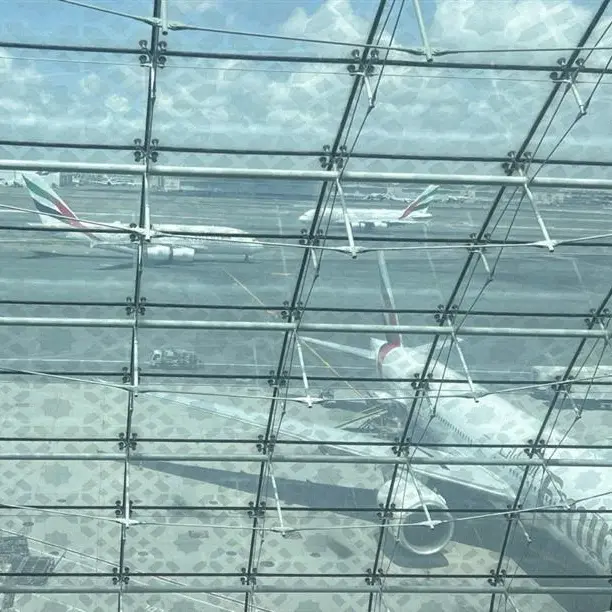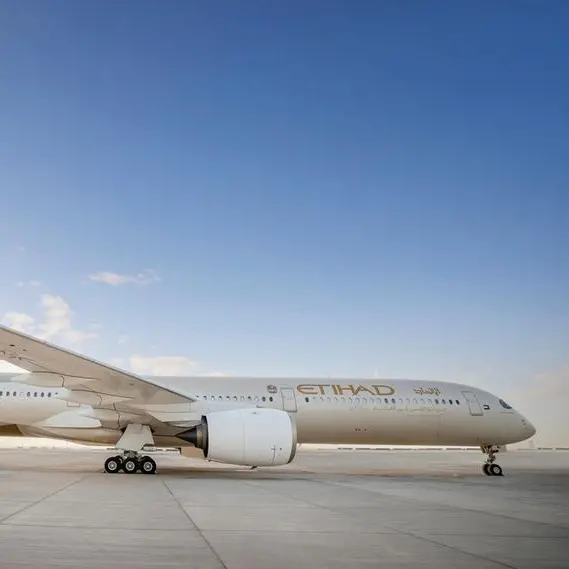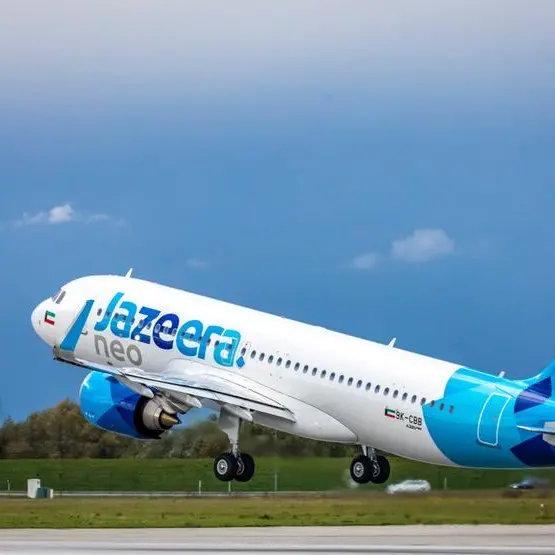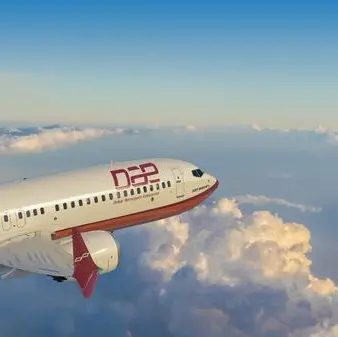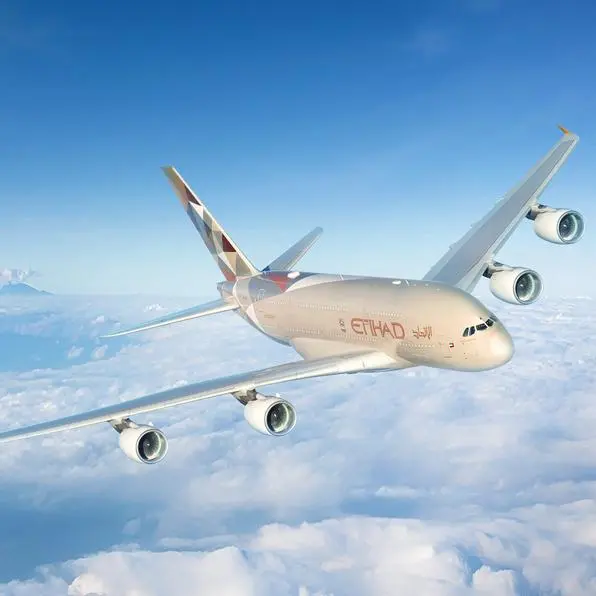PHOTO
Airfares across the Middle East and Asia-Pacific have surged by more than half, surpassing the global average, while airports in the region continue to lose money, the Airports Council International (ACI) reported on Wednesday.
The increase in airfares, which averaged 53% in nominal terms or 35% in real terms last year compared to 2019, could pose a threat to the aviation industry’s full recovery this year, the organisation of airport authorities said.
The increases have been driven by airline operating costs, particularly fuel prices, wage inflation, insufficient seat capacity relative to demand and a lack of airline competition on specific routes. Fares have also gone up, as airlines seek to recover the losses incurred during the pandemic.
While fares have skyrocketed, airports in the region are still in “financial distress” as passenger traffic, while increasing, is still below pre-pandemic levels.
“Elevated airfares represent a downside factor for full recovery as these may suppress demand and therefore reduce the number of passengers,” ACI said.
Airfare increases
Among the routes covered in the study, those with strict travel restrictions and scarce frequencies and airlines competition recorded the largest airfare increases.
These include the routes connecting Hong Kong with Manila and Shanghai, ACI said.
All of the world’s top 15 busiest international routes in 2019, except the London Heathrow to New York JFK, were in the Asia-Pacific and Middle East region.
“Fuel price is a major driver of airline costs and airfares. Fuel accounts for around one-quarter of airline expenditures on average, and this proportion is larger for long-haul carriers,” ACI said.
“In recent years, fuel costs have been unusually variable. Jet fuel was 41% cheaper in 2020 compared to the 2019 average price, but 79% higher in 2022 due to oil supply restrictions caused by Russian sanctions and increasing air travel demand.”
Airports in distress
In contrast, airports across the region are still losing money despite the recovery in air travel demand.
The airports’ EBITDA margin and net profit remained negative for the tenth consecutive quarter since 2020.
“Airports, on the other hand, need to get back to pre-pandemic traffic volumes in order to restore their economic equilibrium after a prolonged period of operating in the red,” ACI said.
“Despite a consolidated recovery of domestic traffic compared to 2019 levels, and a progressive improvement of international traffic, with peak performances in Middle East and South Asia, the financial health of airport operators continued to be in distress,” said Stefano Baronci, Director General, ACI Asia-Pacific.
Global air passenger traffic continued to improve this year, with the revenue passenger kilometres (RPK) rising by 67% in January compared to a year earlier.
Globally, traffic is now 84.2% of January 2019 levels, the International Air Transport Association (IATA) reported this month.
(Reporting by Cleofe Maceda; editing by Seban Scaria)
